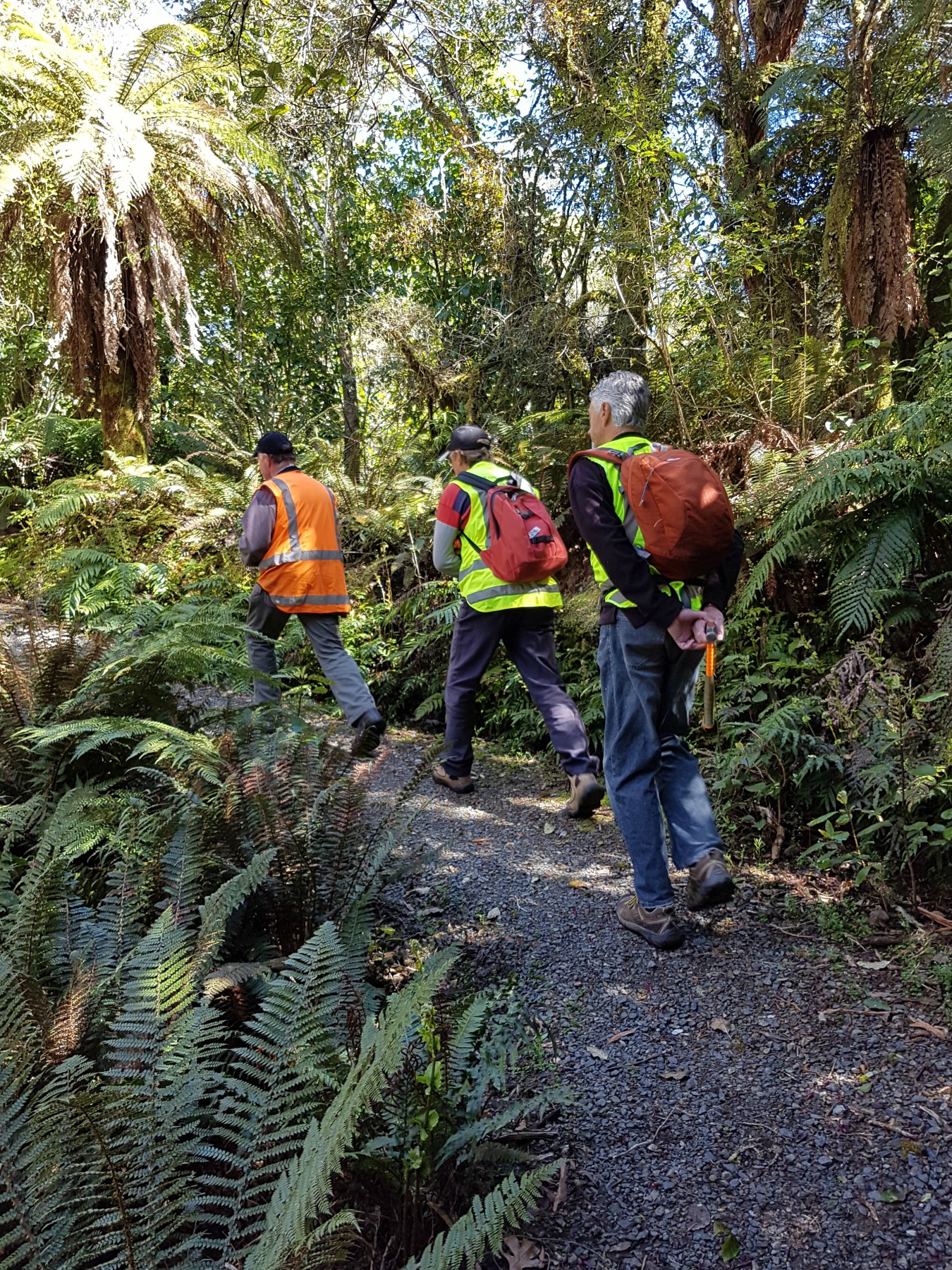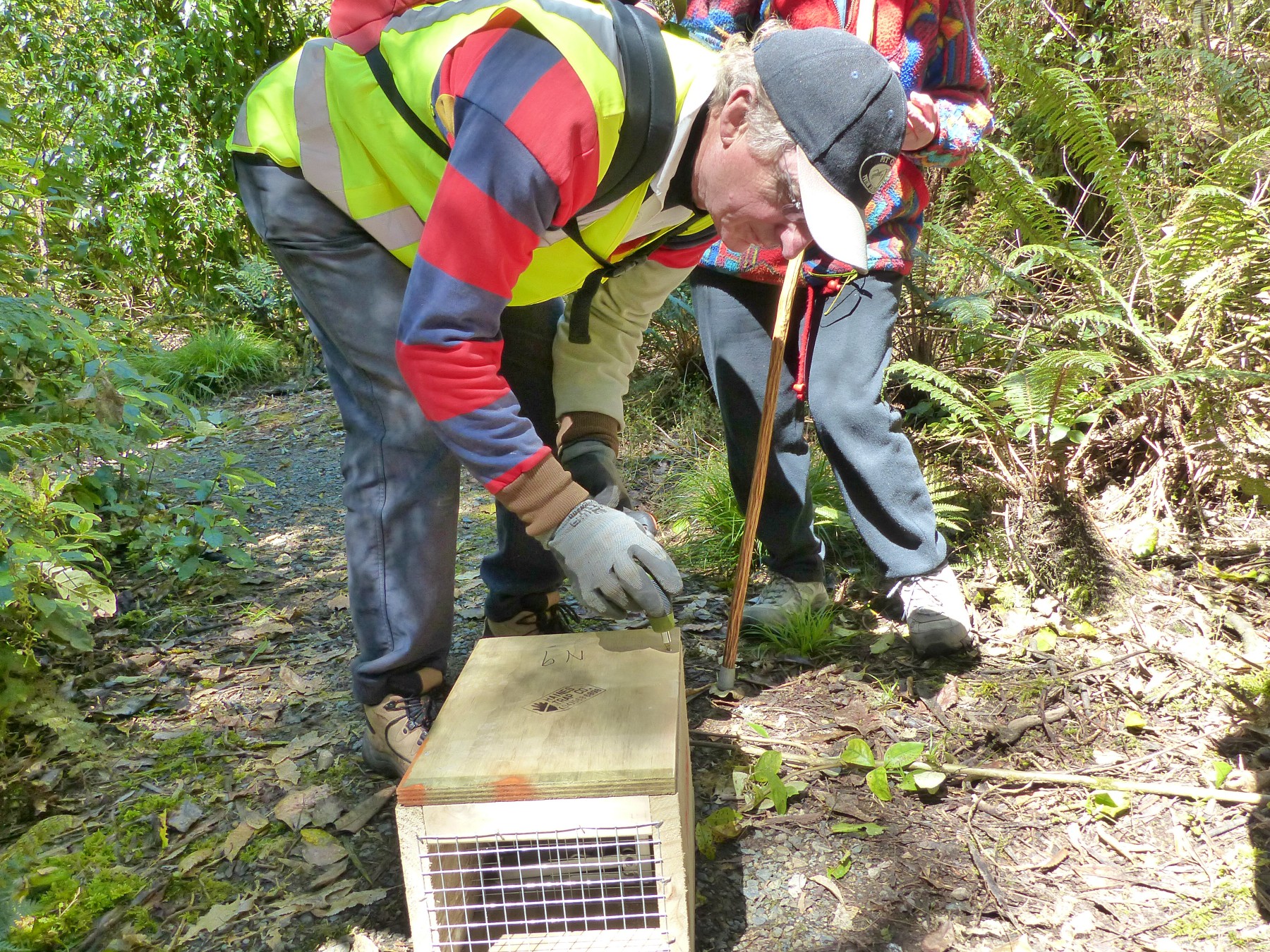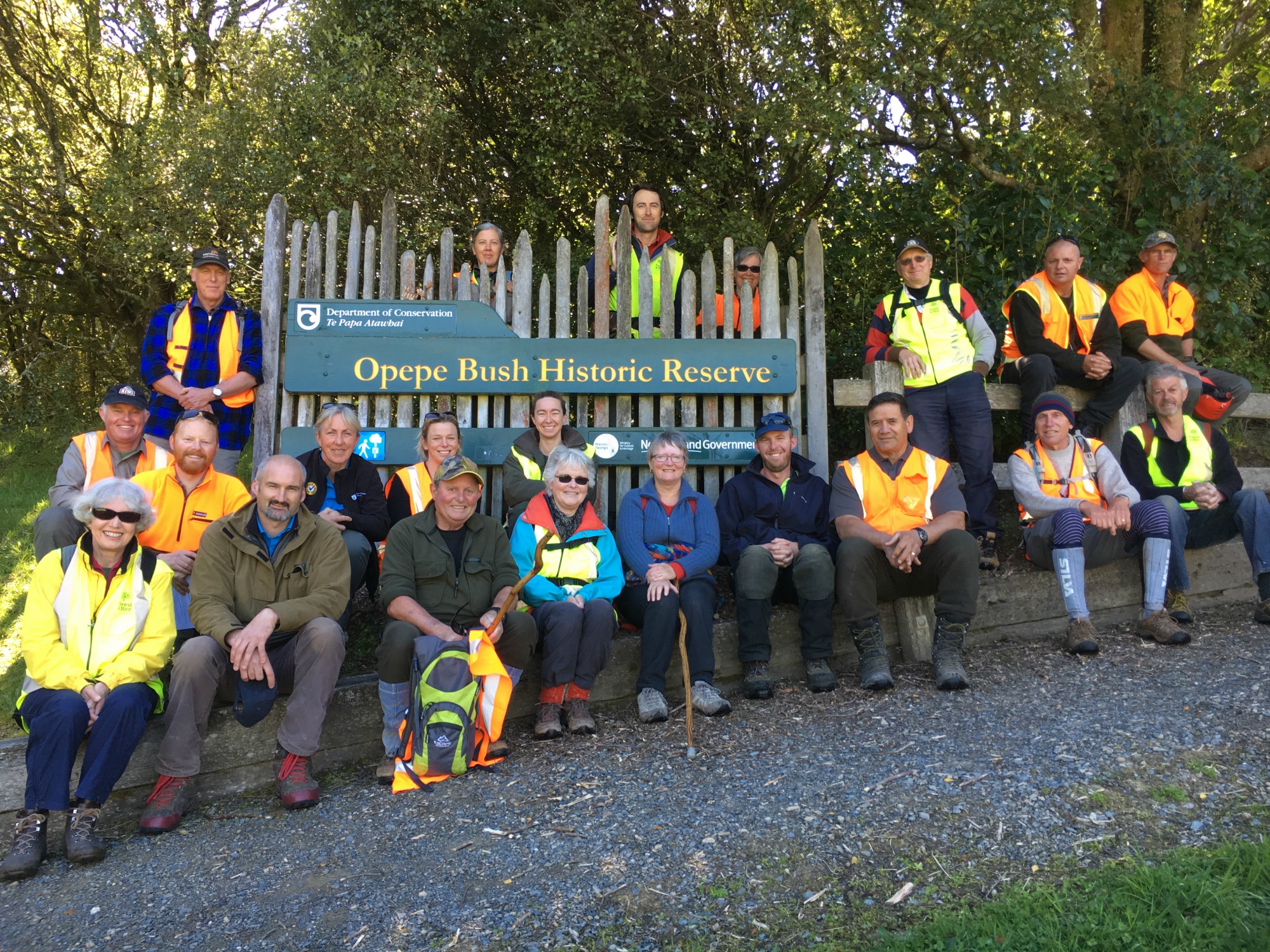Project overview
The Opepe Department of Conservation (DOC) Scenic Reserve is located approximately 15km southeast of Taupō on SH5 to Napier (Figure 1). The Opepe Scenic Reserve Restoration Project is a joint programme between Predator Free Taupō (PFT), Taupō Forest & Bird and DOC.
Figure 1: Location of Opepe Scenic Reserve
Project history
The project commenced in October 2017 with the installation of 36 DOC200 traps, provided by DOC, distributed around the North and South Walking Tracks. It was soon recognised that such a small number of traps over a small portion of the +200ha reserve was unlikely to have a significant impact on reducing the number of invasive predators present. Therefore, over the ensuing six years a further 119 DOC200 traps were added and the reserve split into six trapping areas. In addition, any significant gaps were infilled with 65 Goodnature A24 gas powered re-setting traps.
Possum control efforts were initiated in 2018 utilising Goodnature A12 traps. These have been replaced by a combination of Timms, Warrior and NZ AutoTraps AT220 traps.
Figure 2: Active Opepe Traps
Figure 3: Ferafeed/Feracol bait strikers
In mid-2023, despite the clearing of over 5500 pests out of the reserve, there did not seem to be a significant decrease in the rate of catch. Hence a change of strategy was embarked upon using toxin application in addition to the trapping effort. In late 2023, over 1000 Ferafeed strikers were deployed across the whole reserve (50m exclusion zones around the walking tracks) on a 50m x 25m grid pattern (see Fig 3), followed by the toxin, Feracol, application at the same locations. This work was only made possible by Epro and the Two Year Predator Free Apprenticeship Programme.
In late 2023, bovine TB was identified in animals in the farmland surrounding the reserve. This triggered a large-scale trapping and toxin application programme over the private property and reserve targeting possums. This work is on-going and is expected to produce a “buffer” around the reserve with respect to possums. It was pleasing to note that possum catches within the reserve were significantly lower than outside.
Figure 4: Heat map of rat activity
Monitoring Programme
Monitoring activities to assess progress commenced in 2021. A number of approaches are used, including tracking tunnels, bird counts, wax tags and chew cards. The most recent and extensive effort was a 100m grid spaced chew card survey over the entire Reserve. This work was definitive in that no possum marks were seen and rat chewing was localized (Fig 4) and often absent. There is, however, a large and active mouse population at Opepe.
looking forward
Future work at Opepe will involve toxin application via semi-permanent bait stations and an intensification of the trapping network in areas close to the walking tracks, road and fence lines where toxins cannot be used. Unfortunately, habitat destruction by feral pigs is now proving to be one of the greatest threats to the restoration of the Reserve.
See below for the latest project catch data










